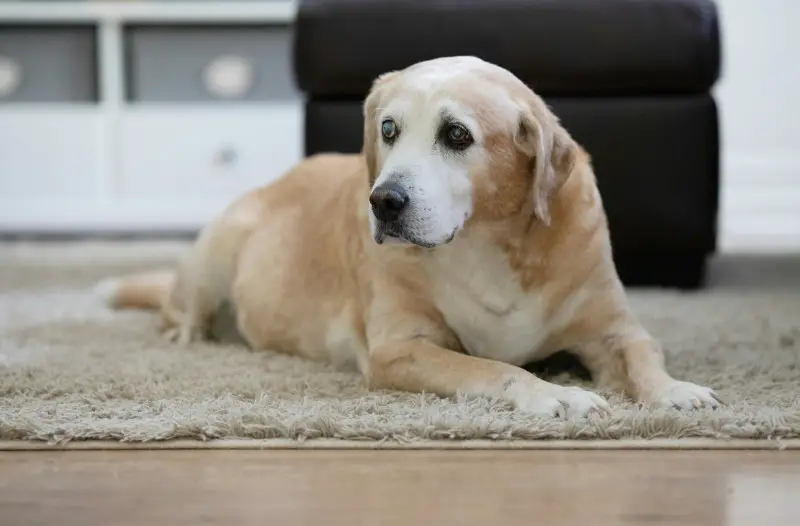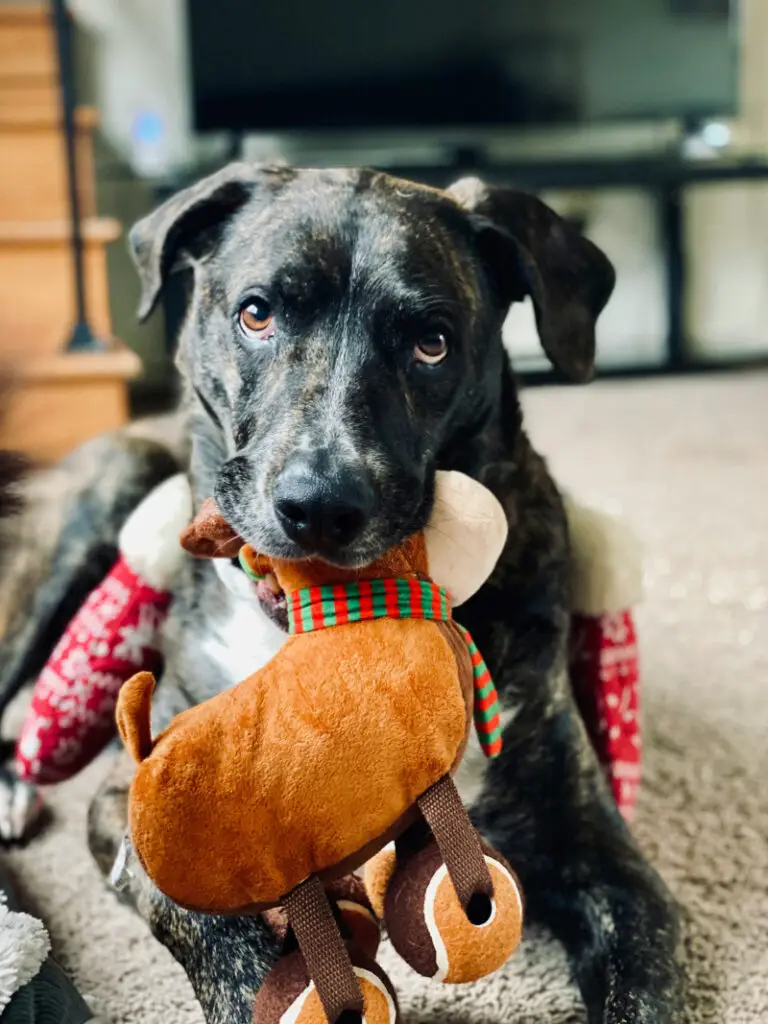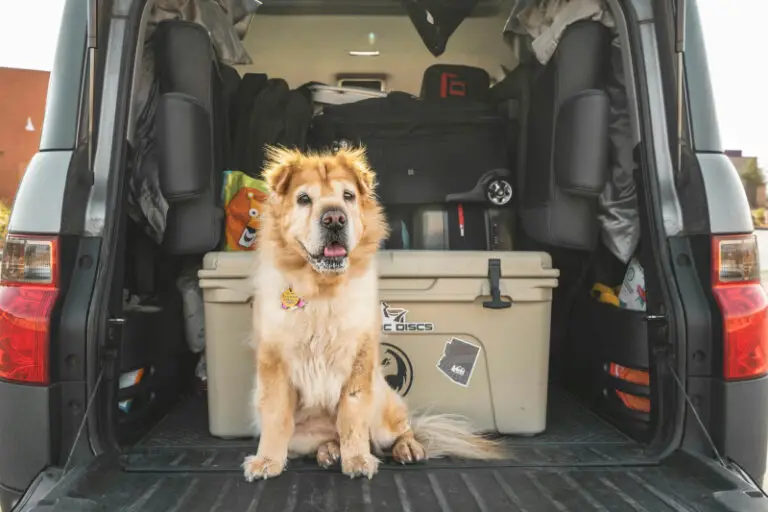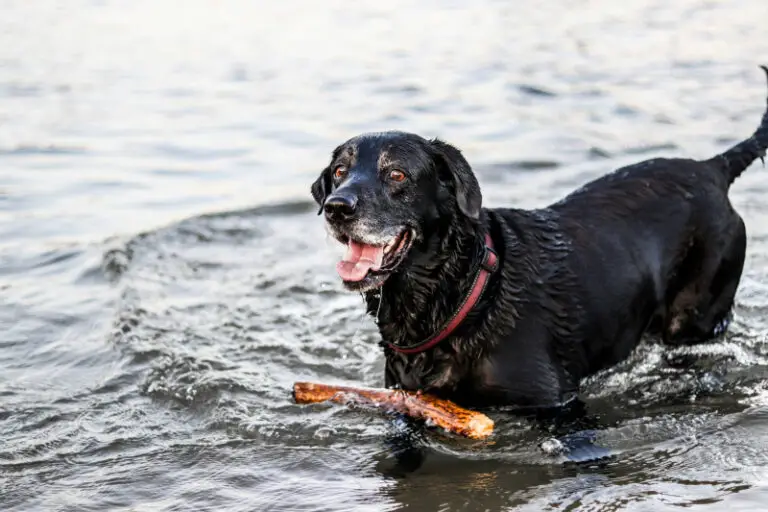When it comes to dog exercise, many factors come into play. Age, breed, size, and overall health status of your dog dictate its physical activity requirements. Senior dogs are often plagued with certain age-related ailments that could slightly limit their mobility and capacity for exercise. However, these limitations should not deter you from ensuring that your pet gets the physical stimulation it needs.
Regular, well-planned dog exercise routines specifically designed to cater to their evolving needs can prove extremely beneficial for older dogs. Creating a healthy balance between rest and exercise is key to maintaining the vitality of an aging dog. The dog exercise routine must be tailored to be different from that of a younger dog. It should take into account not only the aging dog’s decreasing energy levels but also its physical limitations. The next challenge, then, is to devise an exercise plan that keeps your aging dog active without straining it unduly.
Table of Contents
Understanding the Physical Changes in Aging Dogs
As dogs start to reach their senior years, various physical changes occur. Some of these changes can impact their ability to engage in once-loved activities. Recognizing and understanding these physical changes can help you better adapt the dog fitness routine to the unique needs of your aging pet.
Age-Related Health Conditions and Their Impact on Exercise
One of the most noticeable changes in an aging dog is the onset of health conditions. Arthritis, obesity, and heart disease are common ailments in elderly canines. These health issues can influence a dog’s physical abilities and energy levels, subsequently affecting their exercise needs and capabilities.
For example, a dog suffering from arthritis may experience discomfort during high-intensity playtime activities. As a pet owner, you must adapt the canine exercise habits to minimize discomfort and prevent further health complications. Low-impact exercises like leisurely walks or indoor exercises can be beneficial. Swimming, for instance, is an excellent form of low-impact dog exercise idea that helps in maintaining dog fitness without putting strain on their joints.
How an Aging Dog’s Energy Levels Affect Their Exercise Needs
Like humans, aging dogs experience a decline in energy levels. The boisterous playtimes from their youth transition into more settled and toned-down exercises. It is important to remember that less energy does not equate to no activity. Instead, this change in energy levels necessitates a tweak in the pet exercise tips followed so far.
Senior dogs may not be able to engage in strenuous physical activities but can benefit greatly from more sedate types of movement. Leisurely walks are ideal dog walking activities for senior dogs. These slow-paced walks offer plenty of opportunities for sniffing and exploration, stimulating not just their muscles but their senses as well. Frequently changing the routes of your walks adds new stimuli and helps to keep even slow walks interesting.
For indoor activities, consider slow-playing fetch with soft toys, or create a simple obstacle course within your home that encourages movement without causing stress. Incorporating regular, but controlled, healthy pet activities can help keep your aging dog active and engaged while maintaining overall wellness.
Efficient Exercise Techniques for Older Dogs
With aging dogs, it becomes crucial to select appropriate exercises that cater to their changing physical state. The objective of these exercises should be to provide physical stimulation while prioritizing their comfort, safety, and overall health.
Tailored Activities That Suit the Elderly Dog’s Health Condition
One-size-fits-all is never a good approach when it comes to dog exercise routines, particularly for older dogs. It’s important to pick canine physical activities that suit your senior dog’s health condition and energy levels.
If your dog has arthritis, for example, lower-impact activities like leisurely walks, light indoor exercises, or swimming can be great choices. Water-based exercises are particularly beneficial as they offer a natural resistance for muscle toning with minimal stress on the joints. Activities for dogs with heart problems should also be low-intensity but frequent to maintain a healthy heart without putting too much strain on your furry friend.
Maintaining dog fitness requires ingenuity. Keep in mind that even old dogs can learn new tricks. You can teach your senior dog some gentle dog training exercises, which also serves as cognitive stimulation. Change exercises frequently to keep them interested and engaged.
Tips to Safely Engage Aging Dogs in Regular Exercise
Regular exercises are crucial for active dog care, but precaution is equally important. The exercise games and routines shouldn’t tire them out or cause discomfort. Begin with a gentle warm-up to prepare their body for the physical activity. Short but frequent exercise sessions are preferable over long, strenuous ones. It allows your dog to expend energy without straining itself.
After each exercise session, assess your old friend for any signs of discomfort. If they appear excessively tired or pant heavily, these may be indications that the activity was overly strenuous. In this case, you may need to further reduce the intensity, length, or frequency of the exercise.
Remember, none of the pet exercise tips can be a substitute for regular vet check-ups. Your vet can provide the best advice on the type and amount of physical activity your older dog should have based on their health, breed, and lifestyle.
Benefits of Keeping an Aging Dog Active
An active lifestyle for your aging dog has a surfeit of benefits that extend beyond mere physical health. Regular exercise can help maintain their mental well-being, social skills, and overall quality of life, making it integral to active dog care.
Impact of Exercise on the Dog’s Physical Health
The benefits of exercise for a dog’s physical health are innumerable. Tailored physical activities and pet exercise tips can enhance cardiac health, increase metabolism, strengthen muscles and joints, and help maintain an optimal body weight. Healthy pet activities and dog fitness routine prevent obesity in dogs, which is a prevalent concern in aging dogs due to their reduced energy levels and lowered metabolism.
Regular light, low-impact exercises such as dog walking activities or indoor exercises for dogs can keep their joints supple, reducing the symptoms of arthritis. Swimming is an excellent low-impact exercise that not only keeps your senior dog cool but also helps prevent overheating, which old dogs are prone to.
How Regular Activity Positively Influences the Dog’s Mental Well-being
Consistent physical activities are not just beneficial for the dog’s physical well-being but also for their mental health. Exercise has a significant impact on the canine brain, stimulating the release of endorphins that fosters feelings of happiness and relaxation. Regular physical stimulation for dogs can aid in maintaining cognitive functions and mitigating symptoms of canine cognitive dysfunction, a condition similar to Alzheimer’s in humans.
Engaging senior dogs in a variety of dog exercise ideas, including dog outdoor activities, can provide mental stimulation, reducing the risk of depression and anxiety. Physical activity can present an opportunity to explore novel environments, sights, sounds, and smells, offering sensory stimulation which contributes positively to their mental well-being.
Aging dogs often have to adapt to a slower pace of life, which can be tough, especially for breeds accustomed to higher energy levels. Keeping them occupied with suitable exercises and play can significantly enhance their mood and overall quality of life.
Sustaining an Active Lifestyle for Aging Dogs
As responsible pet owners, we play a crucial role in ensuring our aging canines stay active, healthy, and happy. It is our job to understand their evolving needs, identify the right types of exercises, and diligently incorporate those into their daily routines. Remember, the goal is not to exhaust your pet but to keep them stimulated and engaged.
Adapting exercises to suit your dog’s changing physical state is essential. Tailored activities, like low-impact physical exercises, can go a long way in maintaining your elderly pet’s overall wellbeing. Be mindful of their energy levels and limitations. Small, frequent sessions of physical activities are often more beneficial than infrequent, strenuous workouts. Regular vet check-ups and professional advice on their exercise routine is vital. Incorporate their guidance on the type and amount of exercise that your pet might need.
Keeping an aging dog active cannot be understated. Regular physical activities can dramatically improve their physical, mental, and emotional well-being. Regular exercise can enhance their muscle tone, maintain heart health, improve metabolism, and even mitigate the symptoms of some age-related health conditions. Moreover, it can alleviate stress, prevent anxiety and depression, and keep them engaged and happy.
Ensuring that our canine companions continue to lead active lifestyles as they age is part of the commitment we make to them when we welcome them into our lives. By providing opportunities for healthful activities and exercise, we extend their longevity and significantly enhance their quality of life, making their golden years truly golden. Remember, the bond you share with your dog is not defined by their age but by the love, care, and companionship you provide for each other throughout the years.




